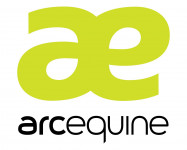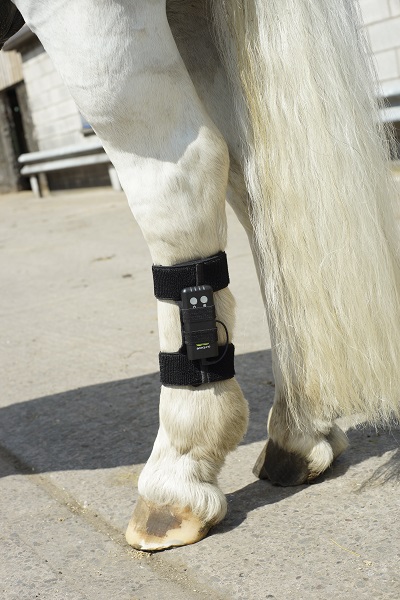Posted: 16th November 2018 | Back to news feed

It’s that time of year again for Northern Hemisphere horse owners when the grass growth slows down, and mud makes an unwelcome return. For many, mud is simply an irritation that makes fields slippery, means extra hours will be spent grooming horses and the return of extremely dirty clothes and boots. For others mud is a dreaded symptom of the wet and cold weather of winter which triggers mud fever in their beloved horse, and a battle ahead to keep limbs dry, clean and infection-free. Here, microcurrent therapy company ArcEquine examine why mud fever occurs and how their microcurrent device can be a key tool in aiding the treatment and recovery of horses suffering from mud fever.
What is mud fever?
Mud fever refers to a wide range of equine skin diseases that cause dermatitis and irritation to the lower limbs in horses, and as the name would suggest it is most often seen in equines in wet and muddy conditions during the winter months. Most mud fever is caused by the infectious agent dermatophilus congolensis, which is able to thrive in wet, muddy and mild conditions, but there are other bacterial organisms and mites that can cause similar symptoms.
Horses standing in muddy fields for long periods of time, or those exposed to long spells of damp and mild weather are the most likely candidates for mud fever, but it can also occur if legs are repeatedly washed and not properly dried off, in the same way our hands can chafe in winter. Standing in dirty stables can also allow mud fever to take hold, as can tight bandaging and rubbing from overreach boots.
What are the symptoms?
One of the most characteristic and recognisable symptoms of mud fever are the crusty scabs that form, clumping hair in them and with a creamy yellow discharge coming from ulcerated lesions underneath. This discharge contains the organism that causes mud fever, so both the scabs and the discharge must be completely removed. Depending on the severity of the mud fever there may be deep, raw horizontal cracks in the skin above the heel, and significant heat and swelling in the leg.
How can mud fever be treated?
The skin needs to be kept clean and dry for the skin to successfully recover, as the infection organism causing the problem loves warm, wet conditions. As mentioned above, the scabs need to be removed to ensure the discharge can be effectively cleaned and removed, and the sore skin underneath treated with a mild disinfectant and rinsed. After this the limb must be carefully (it will be sore) and thoroughly dried and then treated with an anti-inflammatory agent such as zinc cream. Bandaging may be useful to keep the affected limb/limbs clean, but it is absolutely critical that the skin is completely dry first.
This pattern of treatment will need to be repeated until the skin is recovering and healed over, which can take several weeks. As the affected area needs to be kept clean and dry for mud fever treatment, this means that they may be on restricted work and turnout for that time.
How can the ArcEquine help support and speed up recovery from mud fever?
The cells in injured tissues, such as those damaged by mud fever, exhibit a significantly reduced ability to heal and regenerate, and while the treatment detailed above removes the infectious organism and prevent infection of the skin it does not accelerate tissue repair. Microcurrent devices, such as the ArcEquine device (£449.00 for the complete kit), have been proven to be highly effective in supporting and accelerating tissue repair, in some cases increasing the recovery time by 50%. Microcurrent therapy is 100% drug free and non-invasive, meaning it can be safely used alongside other veterinary treatment.

The ArcEquine microcurrent device supports the natural currents used by all healthy cells to produce Adenosine Triphosphate (ATP), which kick-starts effective healing in damaged tissue much sooner and reduces inflammation, which means the horse is in less discomfort while that healing takes place. The ArcEquine device is battery operated, so there are no wires to worry about, and it simply straps to a limb (and it can be any limb, as the healing is systemic, meaning the microcurrents travel throughout the body). Using ArcEquine for a minimum of 3 hours a day for 6 weeks will promote tissue repair and recovery from conditions such as mud fever, and It can also be used as a preventative measure to keep horses in the best possible condition to fight future infections.
Explore the ArcEquine online shop here: https://www.arcequine.com/shop/
The Equestrian Index newsfeed is compiled from articles submitted by advertising members and expresses the opinions of those members. Watsons Directories Ltd shall not be held liable for any inaccuracies or mis-statements therein.
